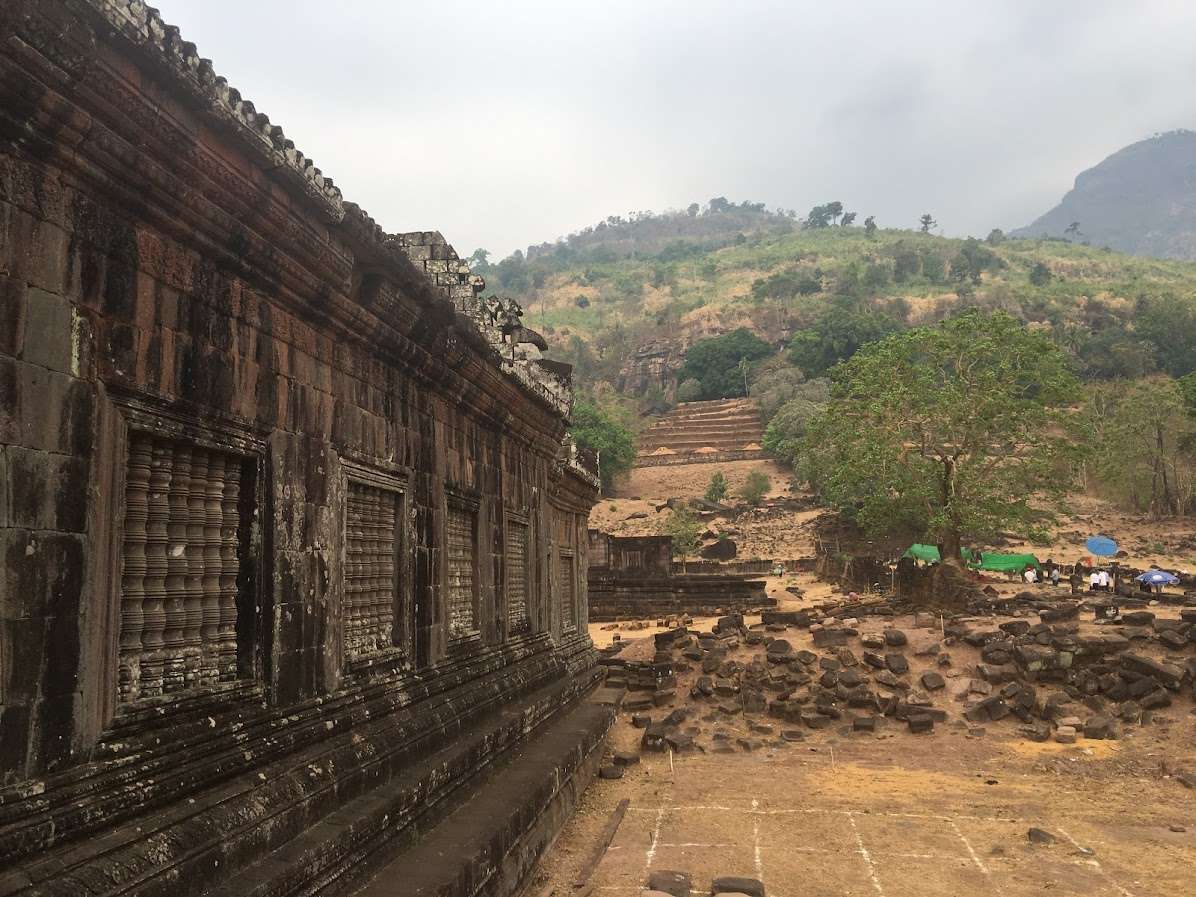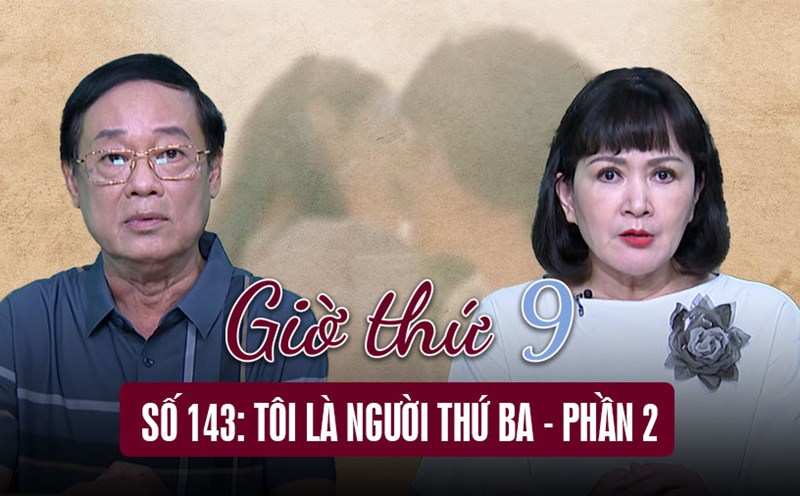Snake - the embodiment of peace and healing
The Rod of Asclepius is a symbol of medicine. The Rod of Asclepius originates from Greek mythology. Asclepius, in ancient Greek culture, was the god of medicine, who had the ability to heal all diseases and even bring life to the dead. To this day, the Rod of Asclepius is a symbol of medicine on a global scale. But interestingly, the image of a snake and its head appears a lot in the beliefs and cultures of Vietnam and the whole Southeast Asia region.
When visiting the land of a million elephants, the most impressive thing for me was Buddhism. Not only because of the temples and pagodas present everywhere, but also the life and activities of the Lao people are imbued with Buddhist beliefs and culture. However, when I came to Wat Phou - an ancient relic of the Khmer civilization located at the foot of Phou Khao mountain, Champasak province, Laos, I was surprised by the statue of a multi-headed snake "guarding" the temple.
Wat Phou is introduced as one of the oldest Hindu temples in Southeast Asia, bearing the architectural beauty and beliefs of the Khmer people. Wat Phou was built in the late 10th - early 11th century, before the Angkor relics in Cambodia and is considered a cultural symbol as well as the pride of the Lao people.
Wat Phou was originally a place of worship for Shiva, one of the three main gods of Hinduism. In the 13th century, the Khmer converted Wat Phou into a Buddhist monastery and it remains there to this day. Wat Phou is famous for its mysterious and unique images such as the crocodile carved in stone, the linga on the mountain top, and the snake-shaped steps. This temple was also recognized by UNESCO as a World Heritage Site in 2001.
The "guardian" deity of Wat Phou temple is majestic with 7 snake heads, shaped like a cobra - flat head, bulging gills in a "fighting" position. The tour guide explained to us that this is the Naga god - the snake god of Hinduism. Naga is considered a sacred creature, with the power to protect spiritual places, water sources, and treasures. It is like a guardian deity, guarding and protecting the peace of the place of worship.
Nagas are associated with water, rain, and fertility. In an agricultural country like Laos, Naga statues symbolize abundance, good harvests, and prosperity. The Naga statue at Wat Phou may represent the ability to connect, pray, and receive blessings from the gods. In Buddhism, Nagas are also seen as protectors of the Buddha and his teachings.
Interesting coincidence
In Vietnam, many localities have temples and customs of worshiping snake gods. Religious activities have somewhat faded due to the rapid change in the rural landscape from the urbanization process. However, in spiritual life, folk beliefs in many regions are still very "strong" about the custom of worshiping snake gods.
This is clearly shown in Champa relics along the Central region. At the Cham tower cluster - Duong Long in Tay Binh commune, Tay Son district, Binh Dinh, the image of the Naga snake is carved elaborately, in detail, decorating all parts of the tower, from the foot of the tower to the false doors, main doors and cells. The richness and meticulousness in the carving of the Naga snake at Duong Long shows the importance of this symbol in the beliefs of the ancient Cham people. Not only Duong Long, many other Cham relics in Binh Dinh also preserve the image of the Naga snake, proving the popularity of this belief in the spiritual life of the residents here.

The Champa Kingdom, with strong influence from Hinduism, worshiped the Naga snake as a powerful god, a symbol of fertility, favorable weather and crop protection. The Naga snake is often depicted with a majestic, multi-headed shape, wrapped around religious structures, as evidenced by the appearance of the Naga snake god in the Duong Long tower cluster. Through historical changes, snake worship in Binh Dinh in particular and the Central region in general is no longer as popular as before. Instead of large, organized rituals like the Champa period, snake worship today is often more personal or family-based. Here and there, there are still households that still have the habit of worshiping snakes in their homes, especially those living near mountainous areas where snakes live in abundance. This worship is often simple, mainly offering incense and small offerings to pray for peace, luck and to avoid disasters. This worship shows respect for an animal considered sacred, with supernatural powers, and the connection between humans and nature.
There is no research or evidence to confirm the direct connection between snake worship in Binh Dinh, Central Vietnam, the snake god statue in Wat Phou (Laos), and the medical symbol Asclepius. However, this coincidence is very interesting. The use of the snake image as a symbol of rebirth, recovery, and the healing power of the medical symbol Asclepius is also "close" to snake worship - as healing, supernatural power in Champa culture, in Vietnamese folk beliefs and even in religious architecture of Southeast Asia, typically at Wat Phou temple in Laos.
(Article from the Central Highlands - Central Spring Labor publication 2025)












